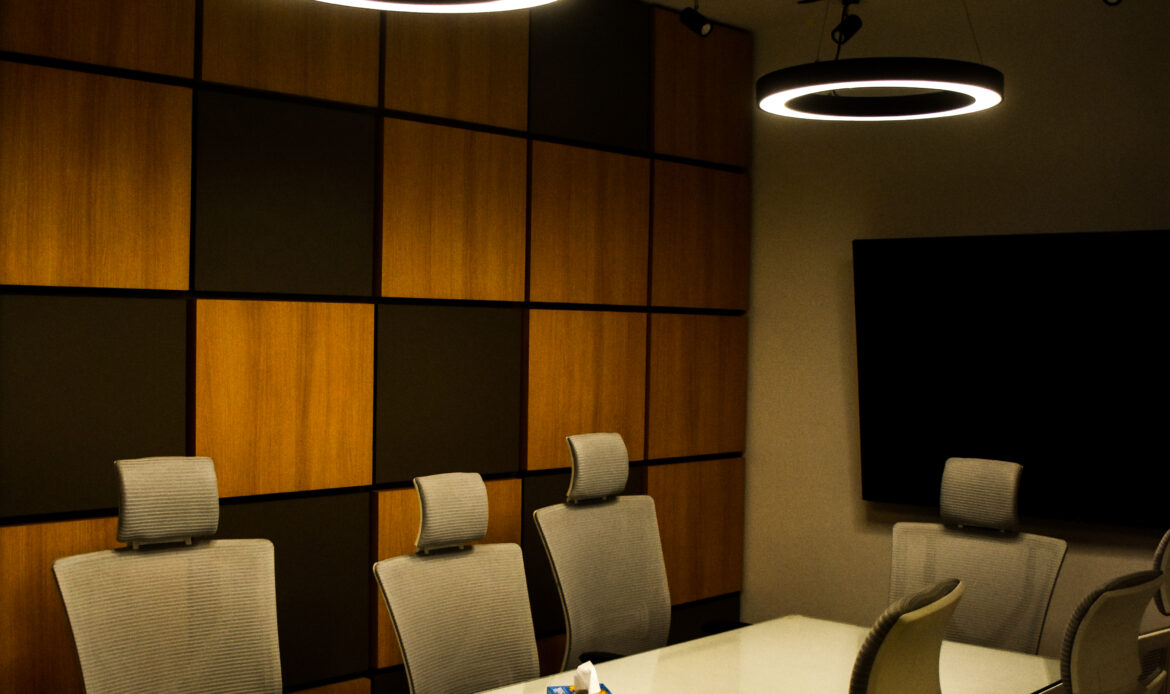
Introduction
Did you know that the colors in your home affect your emotions and behavior? Color psychology is a crucial element in interior design, helping create specific moods in different spaces.
1. Best Colors for Different Rooms
Living Room: Warm and Inviting
- Earthy tones (beige, terracotta, olive green) – Create a cozy and welcoming vibe
- Soft blues and greens – Encourage relaxation
Bedroom: Calm and Restful
- Light blues and lavenders – Promote restful sleep
- Muted neutrals (soft gray, beige, blush pink) – Enhance tranquility
Kitchen: Energetic and Lively
- White and yellow – Make the space feel bright and clean
- Red and orange – Stimulate appetite (but should be used in moderation)
Home Office: Focused and Productive
- Greens and blues – Improve concentration and reduce stress
- Soft neutrals with warm undertones – Keep distractions minimal
2. How to Mix and Match Colors
- Use the 60-30-10 rule:
- 60% – Dominant color (walls)
- 30% – Secondary color (furniture)
- 10% – Accent color (decor and accessories)
- Stick to complementary or monochromatic palettes for a balanced look
Conclusion
Choosing the right colors can completely transform the atmosphere of your home. By understanding color psychology, you can create spaces that promote relaxation, productivity, or socialization.

